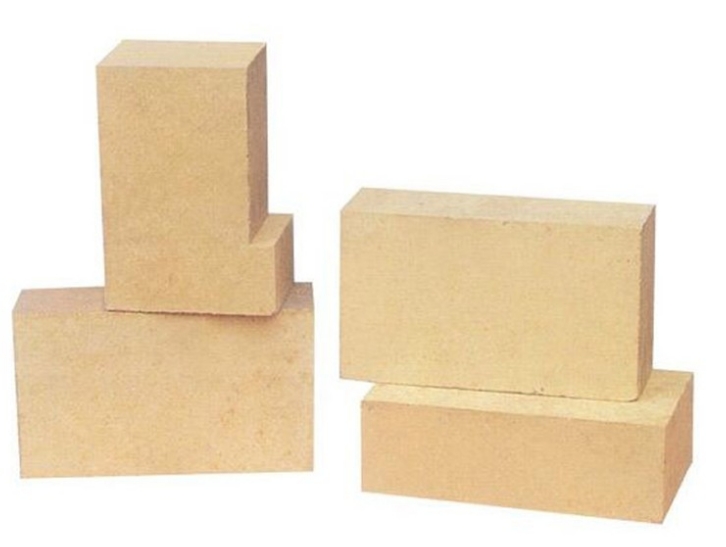- 18
- Dec
Construction method of cement kiln thermal insulation lining silicon cover plate
Construction method of cement kiln thermal insulation lining silicon cover plate
Before masonry, the masonry surface of the equipment should be cleaned to remove rust and dust. If necessary, it can be removed with a wire brush to ensure the bonding quality.
Preparation of binder for masonry
The binding agent used for calcium silicate board masonry is made by mixing solid and liquid materials. The mixing ratio of the solid and liquid materials must be appropriate to achieve appropriate viscosity, which can be applied well without flowing.
Requirements for joints and bottom mud
The joints between the silicon cover plates are connected with an adhesive, which is generally 1 to 2 mm.
The thickness of the adhesive between the silicon cover and the equipment housing is 2 to 3 mm.
The thickness of the adhesive between the silicon cover plate and the heat-resistant layer is 2 to 3 mm.
Masonry of silicon cover
1. Before the construction of the silicon cover, carefully check whether the material specifications of the silicon cover are consistent with the design. Special attention should be paid to prevent the use of low refractoriness for high refractoriness.
2. When the calcium silicate board is pasted on the shell, the silicon cover shall be processed finely according to the required shape to minimize the gaps caused by avoiding nails. After processing, apply a layer of adhesive evenly on the silicon cover, paste it on the shell, and squeeze it tightly by hand to remove air, so that the silicon cover is in close contact with the shell. After the silicon cover is built, it should not be moved. And avoid damage to the silicon cover plate due to the impact or extrusion caused by the masonry.
3. Use a handsaw or electric saw to process the silicon cover, and trowel cutting is prohibited.
4. When the refractory stone is poured under the silicon cover plate built on the top cover, in order to prevent the silicon cover plate from falling off before the strength of the adhesive is exerted, the silicon cover plate can be fixed in advance by tying the metal wire on the nails.
5. When the double-layer silicon cover plate is masonry, the masonry shall be staggered.
6. When the pouring material is constructed on the built silicon cover plate, a layer of waterproofing agent should be sprayed on the silicon cover plate in advance to prevent the silicon cover plate from being damp and the refractory casting material is insufficiently hydrated due to lack of water. For the silicon cover used on the top, because it is difficult to spray water repellent when looking up, it should be sprayed on the side that is in contact with the casting material before sticking.
7. When building refractory bricks on the already built silicon cover, the construction must be staggered. If there is a gap, it must be filled with an adhesive.
8. For the upright cylinder or the straight surface, and the upright tapered surface, the lower end shall be the benchmark during construction, and the paste shall be carried out from bottom to top.
9. For each part, check thoroughly after the masonry is completed. If there is a gap or where the sticking is not strong, use the adhesive to fill it and stick it firmly.
10. For silicon cover plates with greater plasticity, expansion joints are not considered. The lower part of the supporting brick board is plugged tightly with a silicon cover plate and an adhesive.

